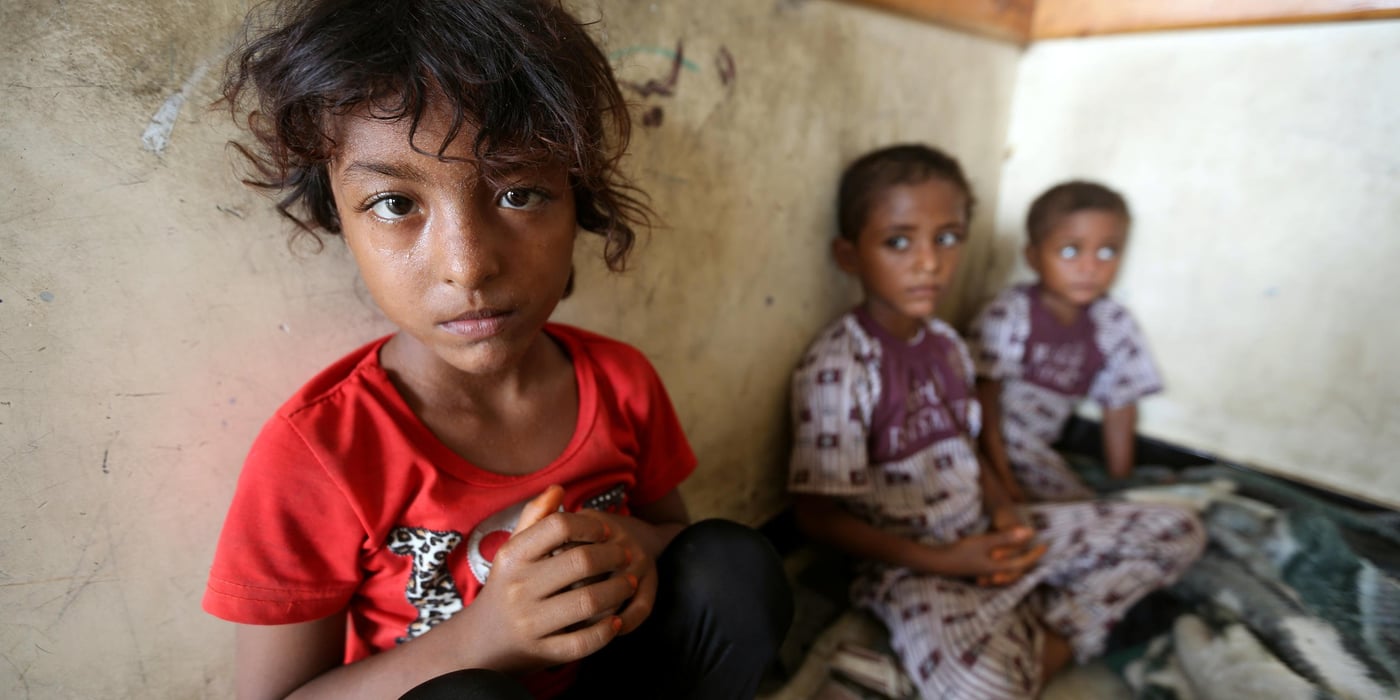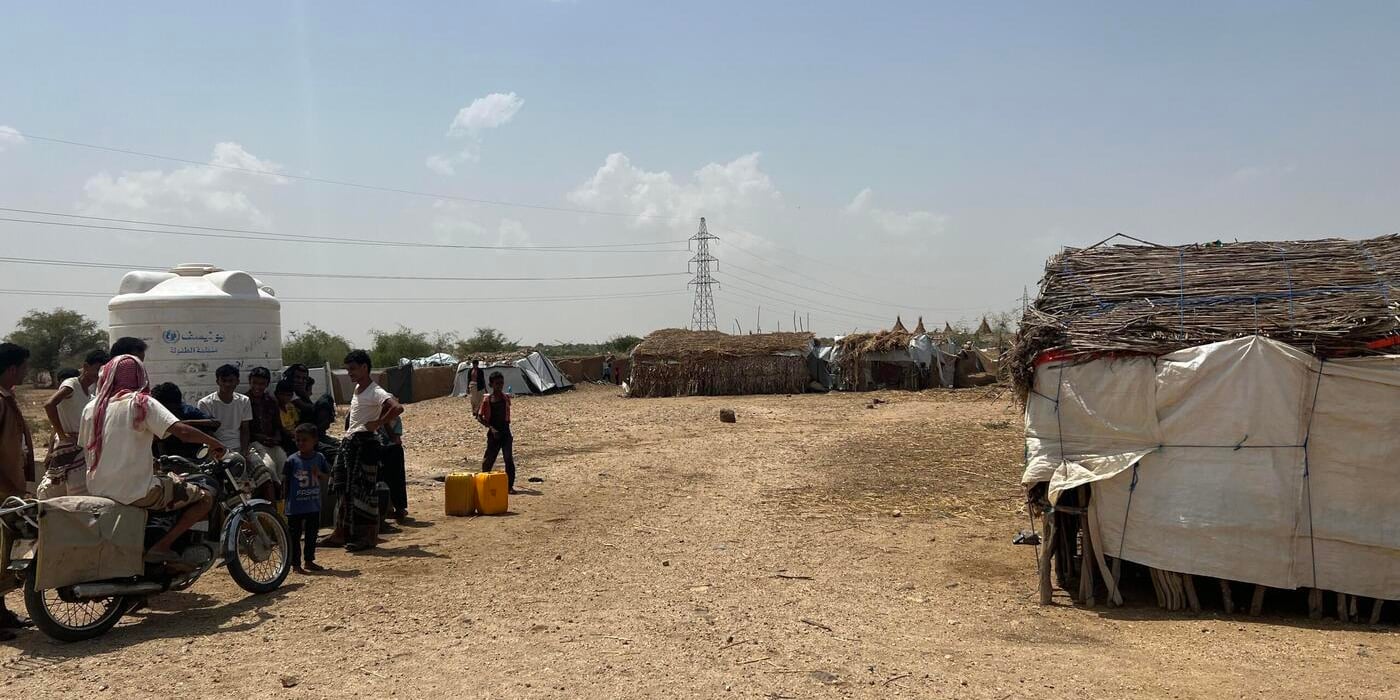
Restrictions imposed on Yemen’s airspace by the Saudi-led coalition led to the official closure of Sana’a International Airport to commercial flights on 9 August 2016. No commercial traffic has since been allowed access the airport, including to carry Yemenis who need lifesaving medical treatment abroad.
The airport has instead become the site of frequent aerial bombardments. Fifty-six coalition airstrikes have been dropped on the airport complex over the last two years, according to the Yemen Data Project, damaging critical infrastructure and threatening the safety of surrounding communities.
“An airport should be a safe and functioning piece of civilian infrastructure, allowing people to come and go freely,” said Johan Mooij, Country Director for CARE in Yemen. “Instead, the airport in Sana’a has become a symbol of aggression and oppression for a very large population.”
By August 2017, 10,000 Yemenis had died from health conditions for which they were seeking medical treatment abroad, according to the Ministry of Health in Sana’a.
“This war is killing not only by bombs and bullets, but a plethora of illnesses for which people are being denied access to healthcare,” said Mohamed Abdi, Country Director of the Norwegian Refugee Council in Yemen. “Millions of Yemenis now effectively live in an open prison between hostile borders and frontlines of war. As long as the airport is closed, so is the single safe route to lifesaving medical treatment.”
Three years of war have decimated Yemen’s already-fragile health system. Fewer than half of all health facilities are operational. Some 16 million Yemenis need humanitarian assistance to access basic healthcare. Insufficient water infrastructure and high rates of malnutrition have left people extremely vulnerable to disease, including a third wave of cholera.
Over 60,000 people have been killed or injured since the escalation of violence in 2015. Over a million civil servants have not been paid salaries almost two years, causing the slow collapse of public services and swift escalation of the world’s largest humanitarian crisis.


